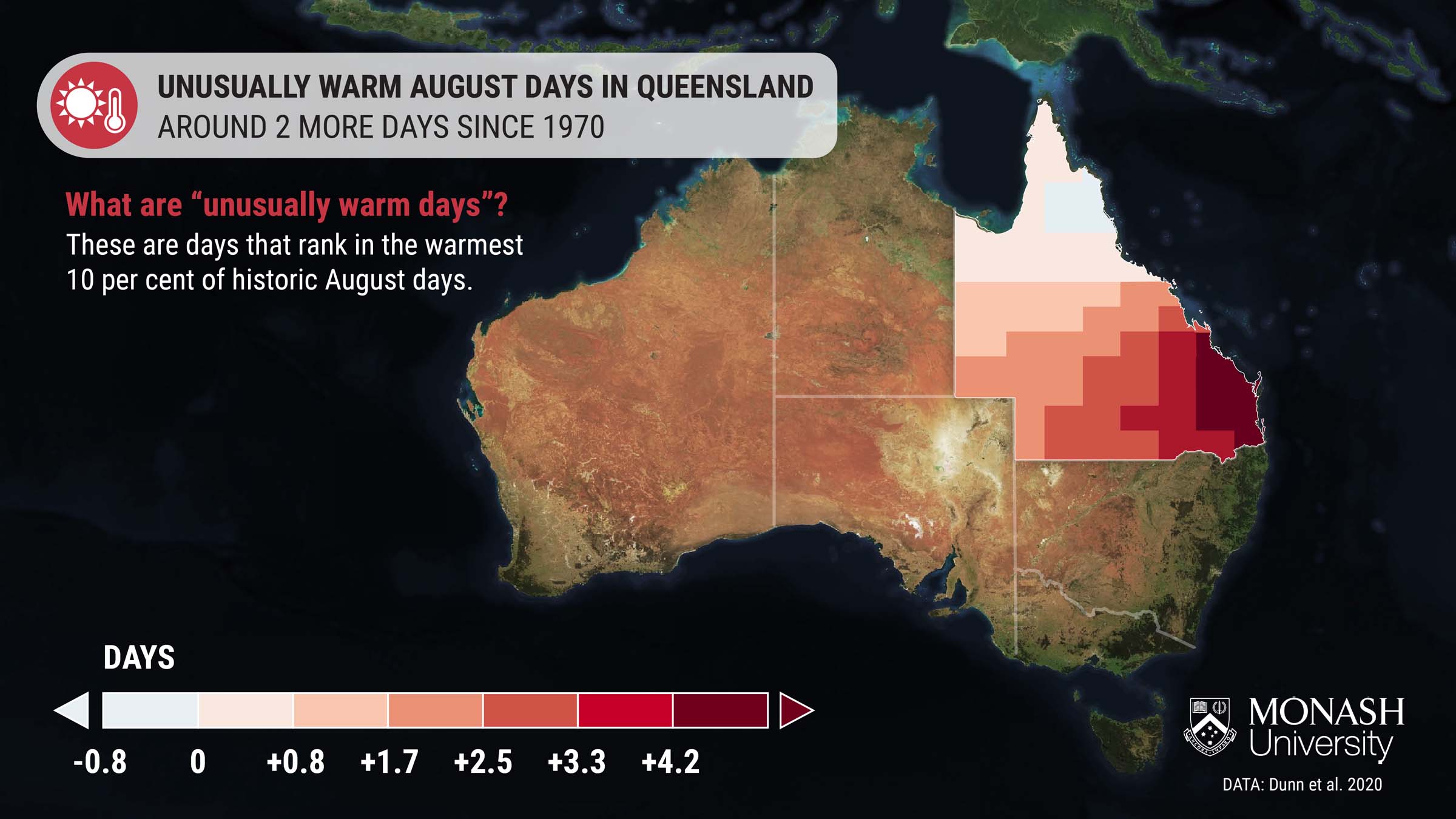Snow is back on the slopes but the trend is heading downhill
After two slushy years, Australia's alpine resorts are blanketed in deep snow. But experts warn this is becoming the exception rather than the rule.

Australia's snow season is shaping up to be one of the best in a century, with fresh powder still falling.
The season kicked off with a bang when a blizzard blanketed alpine regions over the June long weekend.
Since then, most major ski resorts in Victoria and New South Wales have seen steady top-ups, with forecasts suggesting snow cover could last through September – and possibly all the way to the traditional closing weekend in early October, for the first time since 2022.
At Spencers Creek in the NSW Snowy Mountains, snow depth reached almost 1.7m in July.
That's the deepest snowpack for this time of year since 2021.
Further south, Victoria's Mount Hotham recorded its deepest July snowpack in a decade, while Falls Creek and Mount Buller also saw healthy snowfalls from a string of strong cold fronts and unusually chilly conditions.
Even more remarkably, snow fell in every Australian state and territory except South Australia and the Northern Territory over the past week – a once in a blue moon event.
Unlikely flurries were seen in Queensland's central ranges, South Australia's Flinders Ranges, and Western Australia's Stirling Range.
It marks a dramatic turnaround after two slushy seasons in 2023 and 2024, both ranked among the 10 worst on record.
Winners and losers
Not all ski resorts are enjoying the same bounty.
Lower-altitude areas like Mt Baw Baw in Victoria and Selwyn Snow Resort in NSW are grappling with milder weather and rain.
Both currently have just three lifts operating and snow depths hovering around 40cm.
And while this year's snowfall has thrilled snow lovers and tourism operators, scientists caution that such bumper seasons are becoming less common.
On average, snow depth in the Australian Alps has dropped by around 30-40cm over the past 70 years, as rising temperatures linked to climate change make snowfall less reliable and more erratic.
We've also seen the number of snow cover days in Australia and around the world going down a slippery slope.
The Australian Alps will likely see the greatest percentage loss in snow cover of all major skiing regions in the world, including Europe, North America and Japan.
Back in the 1980s, the Australian Alps were covered in snow for about five months of the year (150 days).
Now this figure sits at about 120 days, with a reduction to 81 days predicted over the next 45 years.

That warming trend isn't confined to the mountains.
Here in Logan we're also seeing the effects, with winters becoming noticeably milder and cold snaps less frequent.
For example, here in Queensland we now experience around two more unusually warm August days than we did 50 years ago.

So while 2025 is a reminder of what a stellar snow season can look like, it's also a reminder of what's at risk.
As warmer conditions become more common, many resorts are investing in artificial snowmaking and adaptation strategies to help future-proof the industry.
Others are transforming their steep slopes into mountain bike trails to be used year-round.
For now though, Aussies are making the most of this rare, real-life winter wonderland.
Want more information on how your climate is changing? Check out the last article in this series.
Amelia Pearson is the Operations Manager at the Monash Climate Change Communication Research Hub.
This column is part of a collaboration between Monash University and News Corp to deliver hyperlocal weather and climate information.

